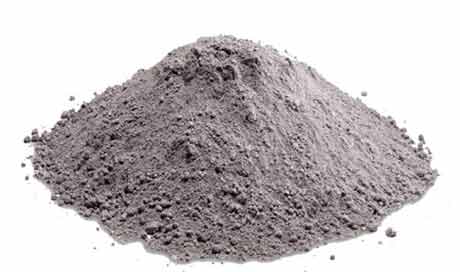Types of Non-Aerospace Applications of Titanium Powder

When it comes to the production of titanium powder, there are several different processes. This article will discuss the process used to extract the titanium powder, the target oxide thickness of the material, and its safety. It also discusses the non-aerospace applications of titanium powder. The following sections also discuss the process for producing titanium powder. Listed below are some of the different types of applications:
Non-aerospace Applications of Titanium Powder

The development of advanced titanium materials for non-aerospace applications has prompted research at several universities and institutes. Several researchers have turned to the solid-state production of titanium, which they calculate will be less costly than existing processes. Researchers from Iowa State University and Ames Laboratory will discuss the development of composite pour tubes for titanium close-coupled atomization. This paper will explore the potential benefits of MIM for aerospace applications and how it can be used to produce titanium parts for other industries.
The excellent corrosion resistance of titanium is a result of its tenacious nascent oxide. While CP Ti has less strength than other Ti alloys, it is considerably lower than that of steel. The high coefficient of expansion of steel will cause components to distort over time. Both aluminum alloys and Ti alloys are electrochemically incompatible with PMCs, which poses a corrosion risk in wet environments.
Process to extract titanium powder
There are two basic methods for the extraction of titanium powder. The first is known as the magnesiothermic reduction process. This method uses two stages to achieve the desired titanium metal powder. The powder produced is columnar or irregular in shape depending on the process conditions. Early papers report oxygen and nitrogen contents of up to 3.4 wt.%, but this was reduced to as low as 0.34 wt.% later.
The second method involves calcination. The process begins by adding a small amount of acid to the mixture and mixing it with a powder. This solution is then dried and filtered, resulting in a fine powder. The titanium is then calcined using a solvent such as xylene. This method produces about 95% pure titanium dioxide. The process to extract titanium powder can be repeated multiple times to meet the specific needs of customers.
Target oxide thickness of titanium powder
We have studied the deposition of thin films of titanium on glass, silicon wafers, and stainless steel using magnetron sputtering. In the experiment, we applied a power ramp to 1000W over 50 minutes. Then, we maintained 100W for two hours. The resulting thin films showed a high level of adhesion. This process has many advantages over other deposition techniques. Moreover, it is easy to repeat.
To get a high-quality powder, we should choose a high-purity molybdenum or titanium. Both molybdenum and titanium are high-purity metals, and the preferred particle size for both is 20-60 microns. However, the target oxide thickness depends on the thickness of the particles. The oxide thickness is important because the surface area of titanium is large. For this reason, the oxide thickness should be between two and three nanometers.
Safety of titanium dioxide pigment
The U.S. Food and Drug Administration (FDA) has assessed the safety of titanium dioxide pigment, which is a common color additive for food, drugs, and cosmetic products. However, the International Agency for Research on Cancer (IARC) has labeled titanium dioxide as “possibly carcinogenic to humans” based on studies conducted on rats. Although these studies did not demonstrate carcinogenic effects in humans, the IARC classification is not definitive. In addition, there are no studies examining the hazards of titanium dioxide as an occupation.
Conclusion:
Titanium dioxide is a white pigment containing one titanium atom and two oxygen atoms. Its opacity properties help it resist degradation by ultraviolet light. Its opacity properties also enable it to be used in pharmaceuticals, food supplements, and cosmetics. High-purity titanium dioxide is commonly used in the coating of pill and capsule products, and is also used as a decorative aid in some foods.
